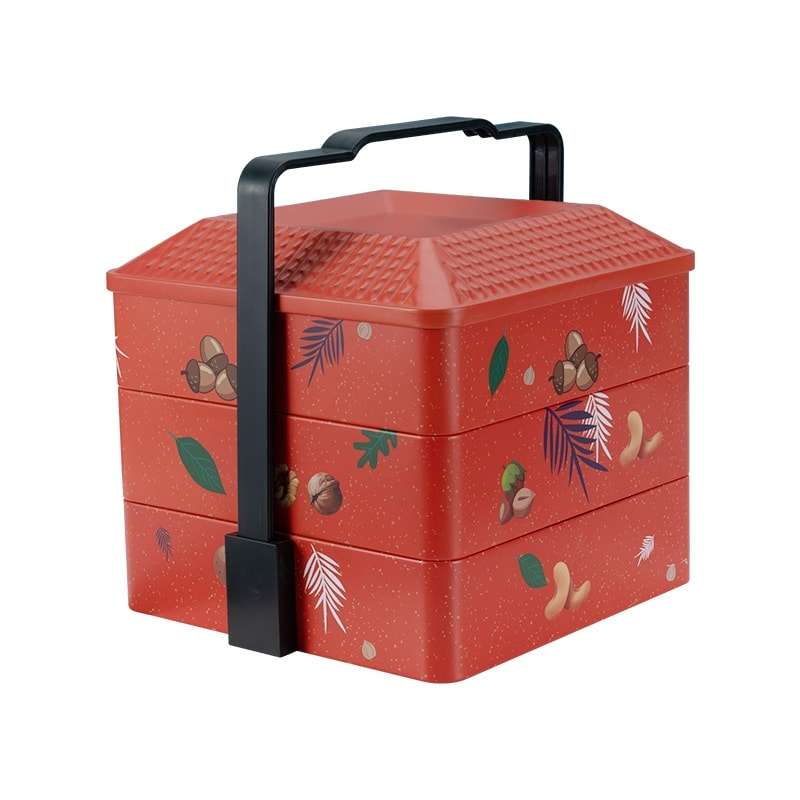
Cleverly using multilayer nesting in metal tin box packaging can significantly enhance its added value by:
1. Functional Versatility:
Multilayer nesting allows for compartmentalization and organization of different components within the packaging, providing functional versatility and utility to the consumer. For instance, a multilayer nesting design can accommodate multiple items or products in a compact and organized manner.
2. Enhanced Protection:
The multilayer nesting design can offer added protection to fragile or delicate items by providing individual compartments or layers, reducing the risk of damage during transportation and storage. This improved protection adds value to the overall packaging.
3. Premium Presentation:
Multilayer nesting can contribute to a premium and sophisticated presentation, creating a visually appealing and luxurious unboxing experience for the consumer. This enhances the perceived value of the product and positively impacts the overall brand image.
4. Customization and Personalization:
Multilayer nesting allows for customizable and personalized packaging solutions, enabling brands to tailor the packaging to specific products or promotional campaigns. This customization adds a personalized touch, reinforcing brand loyalty and consumer engagement.
5. Brand Differentiation:
A unique multilayer nesting design sets the packaging apart from standard alternatives, enabling the brand to differentiate its products from competitors. This can attract consumer attention and contribute to a distinctive brand identity.
6. Sustainability and Eco-Friendliness:
Multilayer nesting can be designed using eco-friendly materials and manufacturing processes, addressing sustainability concerns and aligning with consumer preferences for environmentally responsible packaging solutions. This enhances the perceived value of the packaging from a sustainability standpoint.
In conclusion, the clever use of multilayer nesting in metal tin box packaging can promote functional versatility, premium presentation, and enhanced protection, while also enabling customization and sustainability. This ultimately elevates the added value of the packaging, making it more attractive to consumers and positively impacting brand perception.
